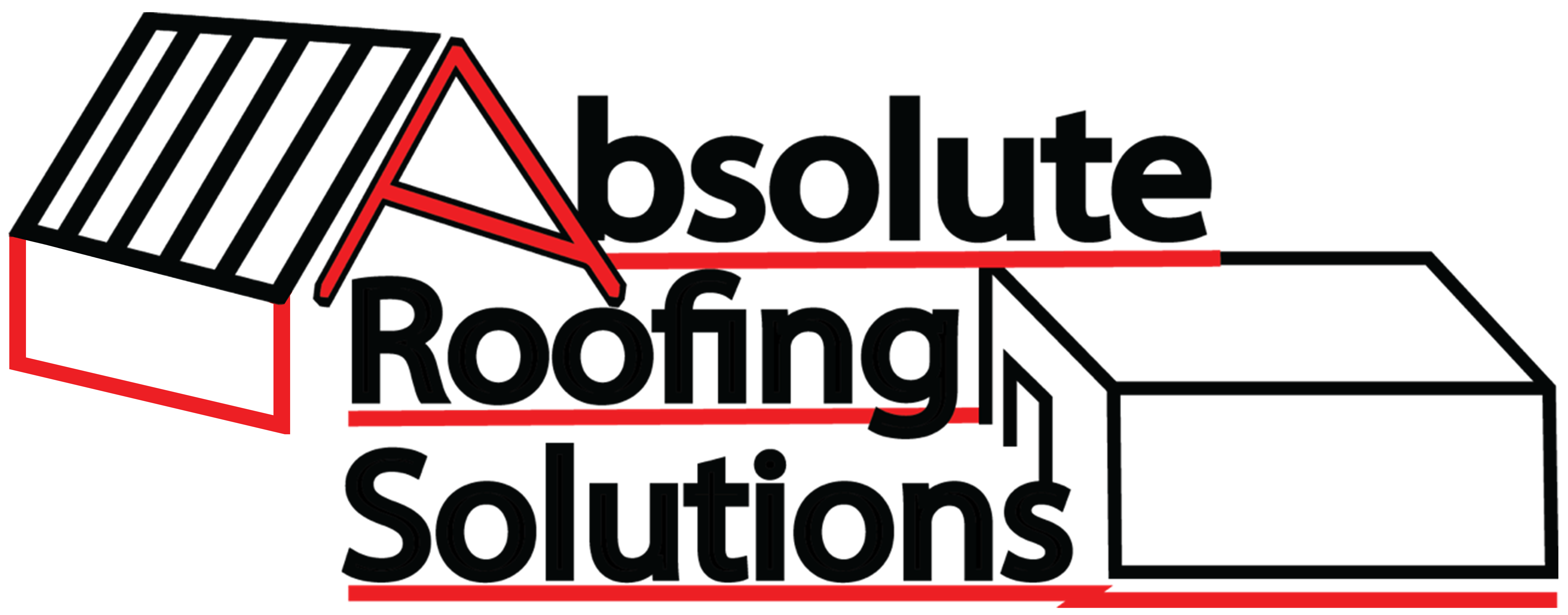Are Commercial Roof Inspections Necessary?
A commercial building’s roof inspection aims to keep your roof system well-maintained and in compliance with any warranties you may have. Your entire business could be at risk if your roof isn’t structurally sound. What should you expect from a roof inspection, and how often should you have it?
Roof inspections are dangerous to ignore
When you neglect routine roof inspections, a lot can go wrong. There could be danger accumulating above your commercial business, even if you think everything is fine.
Ponding water is one of the risks. Flat roofs naturally sag in some places due to their structure. Water collects in those dips, and even a small puddle can cause problems over time.
Standing water breeds mosquitoes and other insects, attracts wildlife, and leads to vegetation, as well as becoming a point of water infiltration. Water constantly present on the roof can cause blistering. Until there is a problem, like a roof leak, much of this damage may not be apparent. As the problem worsens, you’ll run the risk of severe water damage (which could lead to the need for major roof repairs, commercial roof replacement or even a possible roof collapse).
You should also keep in mind that severe weather can also cause roof damage. Commercial roofs can suffer damage from hail storms and high winds, so it’s extremely important to have them inspected after any major storm passes through. It is possible to reduce energy costs and moisture buildup by installing a commercial roof ventilation system. When you undergo a commercial roof inspection, you can find out if your ventilation needs to be upgraded or if you should install one in the near future.
Get your roof inspected twice a year, in spring and fall. If the weather patterns change, you can prepare for leaks and damage to your building.
Keeping records of commercial roofing inspections is important
Your roof inspection records prove that your roof has been inspected by a professional and is in good condition. A Realtor typically advises clients to provide this certification as proof of the building’s condition, and some cities require owners to repair their roofs before resale. An investor’s interest in a commercial building may be affected by its certification status. As a result of these records, the roof system’s warranty remains intact, should the roofing product fail and need to be replaced.
It is common for comprehensive roofing inspections to consider supporting structures, roof drains, ventilation, as well as areas of roof penetration. The detailed report will include photographs, sketches, and a plan of action.
Checklist for Commercial Roof Inspections
Performing a roof inspection can (and will) help you learn more about your building, what problems need to be addressed, and what changes are recommended. Roofs are not all the same, nor should they be treated that way. An inspection checklist for roofs should include the following items.\n
1. Conditions of a Roofing System
It is important to take into account a variety of factors when hiring a qualified commercial roofing contractor. They will examine the roof for debris that could cause damage, drainage issues (or lack thereof), and structural deformations. Additionally, an inspector will look for signs of structural corrosion or potential points of failure on the roof, such as cracks or blisters.
2. Commercial Building Ceiling Conditions
A ceiling will reveal if there are any unseen problems even if the roof appears fine. Water stains or leaks indicate that moisture is getting into the roof. An issue could also be indicated by cracks.
3. Identify potential failure points
Typical roof features include gutters and drains, skylights, chimneys, drains, and control zone access. It is especially important to have gutters and drains on your roof to prevent water from collecting there. Blockages prevent them from doing their jobs efficiently. Roof failure can result from any amount of excess moisture, depending on the type of roof. Water and pests can enter your building through skylights. If there are any cracks or holes in them, the inspector will check that they are well sealed.
Inspection, repair, and replacement experts in the roofing industry
Regular roof inspections are just one part of taking care of your commercial building’s roof. Furthermore, you should take proactive steps to prevent repairs and maintain any warranties that you may have. A reliable roofing company like Absolute Roofing Solutions can provide you with a reliable commercial roof inspection. With our experience, full range of services, and long-term support, we can help you navigate every aspect of your roofing needs. Please contact us today to schedule your inspection.
